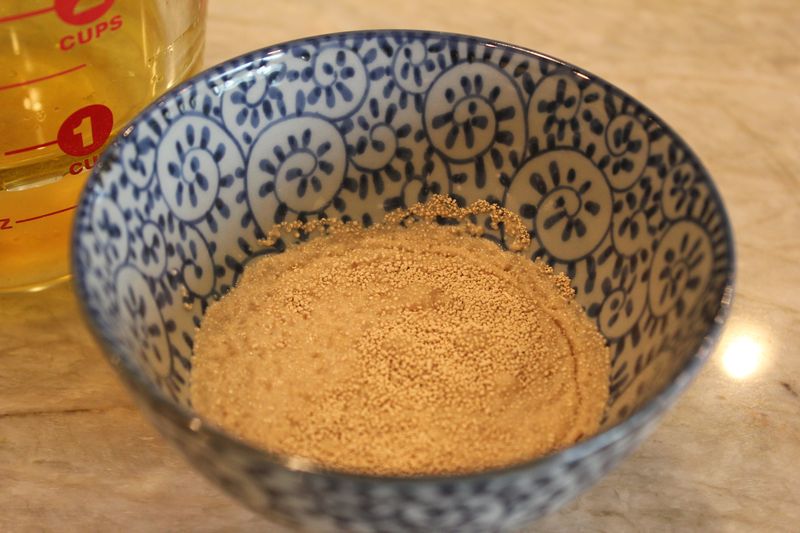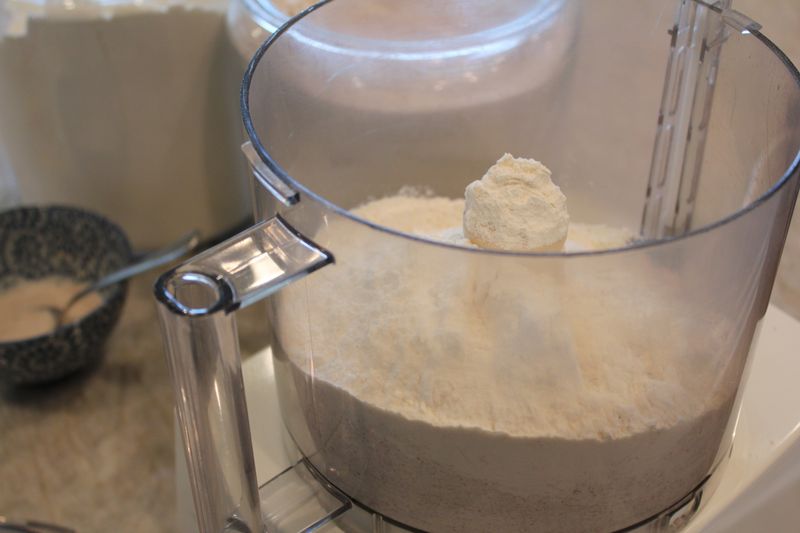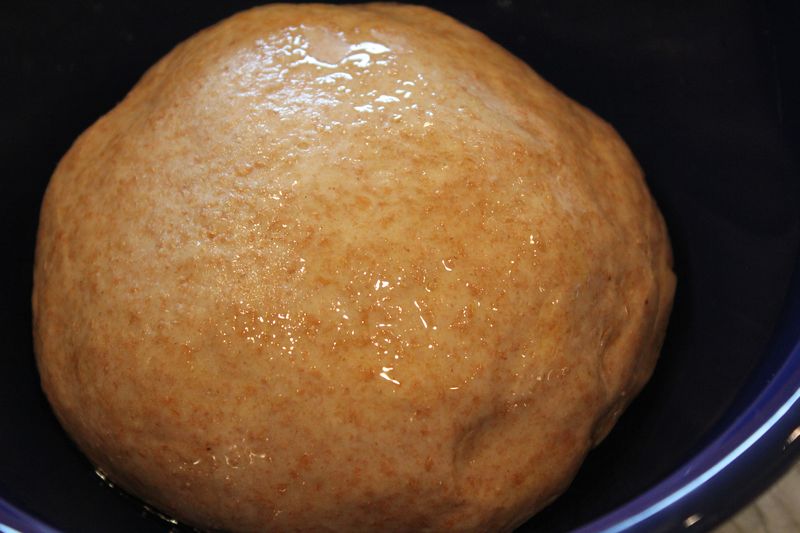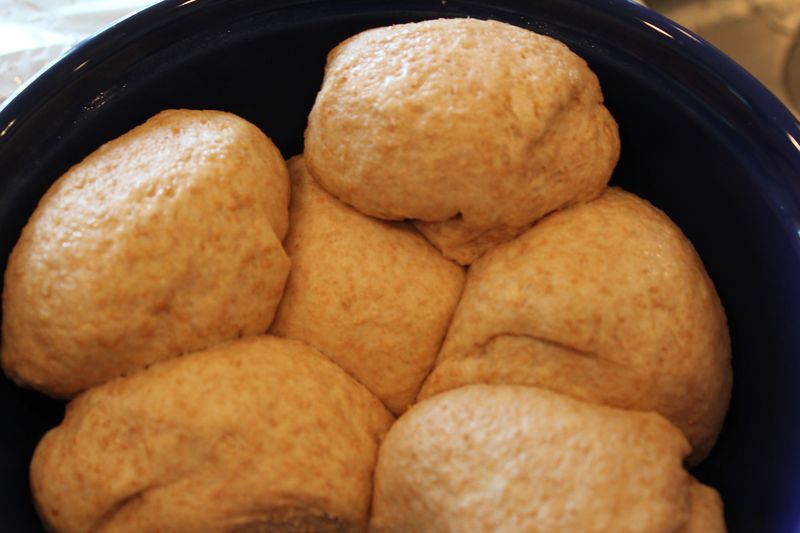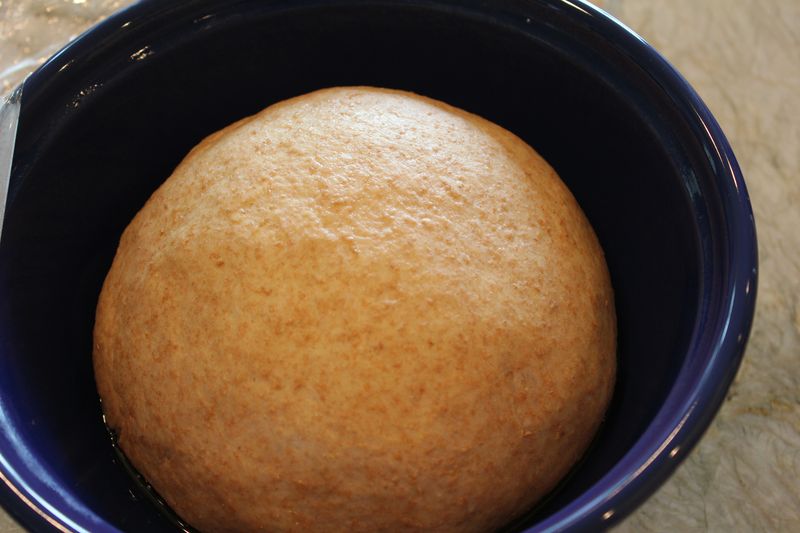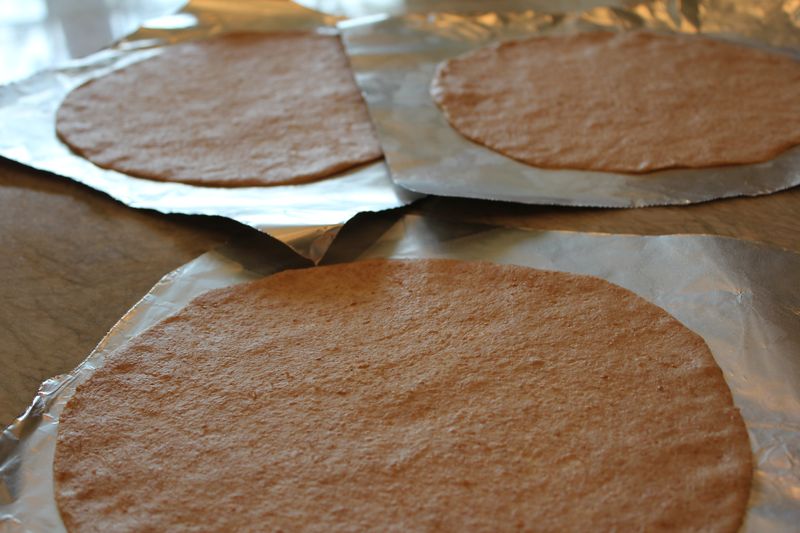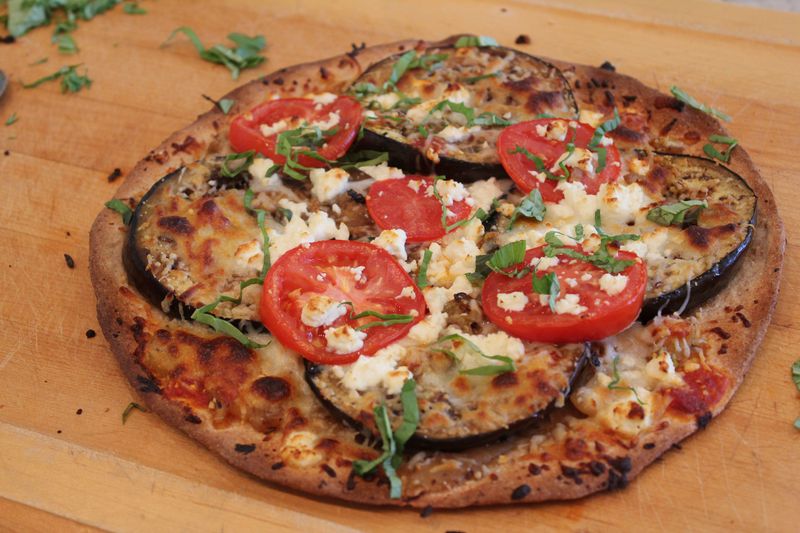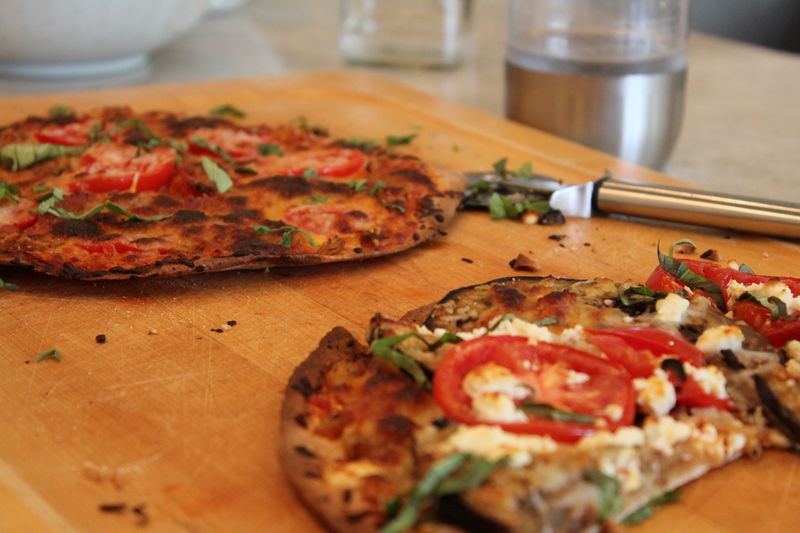
Pizza. As far as I am concerned, it is the perfect food. That is, if it is good pizza, and determining one is highly subjective. Regardless of what one might qualify as a great pizza, almost all can agree that one bubbling hot out of your own oven is always good and deeply satisfying. I should know as I have been making pizza dough at home for over 20 years.
In the 1980's, Wolfgang Puck opened Spago restaurant in Los Angeles. His customers went crazy for the whimsical style and irreverent flavors we are so familiar with today that he brought to his food. He made pizza and so many other foods more accessible and fun. Puck revolutionized the way we think of pizza opening our minds to limitless options while treating the dough as a blank canvas.
Making homemade pizza is fun, interactive, and provides nearly immediate gratification. When I first started making pizza dough at home, I used the recipe from The Wolfgang Puck Cookbook. I have tried other recipes over the years, but have found this one to be my favorite. It's easy, fast, and consistent. More recently, I have tried to make my pizzas a bit more healthy and have adjusted the ingredients to use whole wheat flour as well as white. The proportions in the recipe I am sharing with you are those that I have found to create the best dough for both flavor and texture.
I would highly recommend investing in a pizza stone for your oven. It will help to ensure a crisper crust. If you feel like experimenting, try cooking them on the barbecue. You won't regret it.
| Pizza Dough | |
| Adapted from The Wolfgang Puck Cookbook Recipes From Spago, Chinois, and Points East and West (Random House; 1986) by Wolfgang Puck | |
| 1 package | dry yeast (I do not recommend the yeast formulated for pizza) |
| 1/4 cup | warm water |
| 1 cup | whole wheat flour |
| 2 cups | spelt flour |
| 3/4 cup | cool water |
| 2 tablespoons | extra virgin olive oil |
| 2 teaspoons | salt (preferably kosher or sea salt) |
| 1 tablespoon | honey |
| Dissolve the yeast in 1/4 cup of the lukewarm water for about 10 minutes until little bubbles form. | |
| In a separate bowl, combine the remaining water, olive oil, and honey. | |
| In a food processor fitted with the plastic blade, combine the flours and salt. With the motor running, add the proofed yeast. Then add the remaining water and oil. Process until the mixture forms a smooth dough and the sides of the bowl feel warm to the touch (about 3-5 minutes). The dough should be soft and resilient, but not sticky. | |
| Film a large, nonreactive bowl with approximately 1 tablespoon of extra virgin olive oil. Put the dough into the bowl and cover with plastic wrap. Put the bowl in a warm, dark place for about 30 minutes. | |
| Take the risen dough from the bowl and divide into 2-8 pieces. Form into balls without working the dough very much, and cover with plastic wrap. Let rest for another 30 minutes or refrigerate. If dough is refrigerated, allow it to sit at room temperature for at least 30 minutes before using. | |
| Preheat the oven and pizza stone to 500 degrees or as hot as your oven will go for at least 30 minutes. | |
| Press one of the portions of the dough onto a piece (about 12? x 12?) of nonstick aluminum foil. Use the palms of your hands and your fingers to press it out into a a circle. Continue to press and gently stretch the dough until it is very thin. I like my pizzas with extremely thin crust, but you can make them as thin or thick as your like. | |
| If I am making pizzas for the family or friends, I like to get 3-4 pressed out and ready to be made at a time. You can let your kids or guests do this themselves, but I have found that most people struggle with it and appreciate your having it ready for them. | |
| Top the dough with any desired toppings; sauces, olive oil, cheeses of any sort, vegetables, meats, olives… | |
| Gently put the prepared pizza onto the heated stone and bake for 2-3 minutes. Carefully removed the foil (it’s nonstick so it will slip off easily) and bake for another 10-15 minutes until it’s browned and bubbly. | |
|
Keep it in mind that some ingredients are better with some preparation and cooking before they go on the pizzas. Dense vegetables, uncooked meats, or foods you wish to add more flavor to should be prepared in advance. Ingredients like soft herbs or greens should be added after cooking. Mise en place (everything in place) for pizza making. You can make the selections as simple or elaborate as you wish. Here I have salted, drained, and sauteed eggplant, braised onions, grated mozzarella, sausage removed from casings and cooked, peperoni, pesto, tomato sauce, parmesan, olives, and feta. |
|
